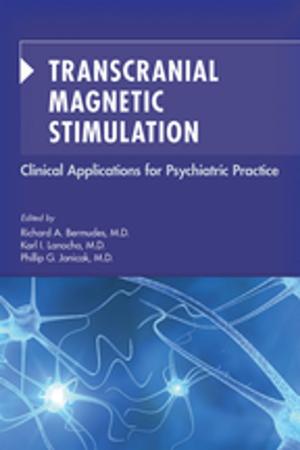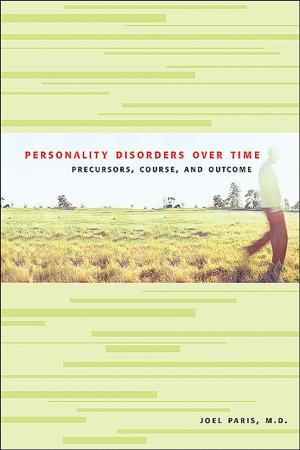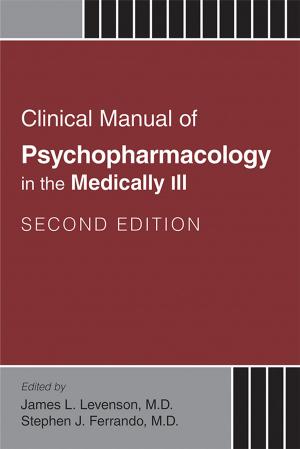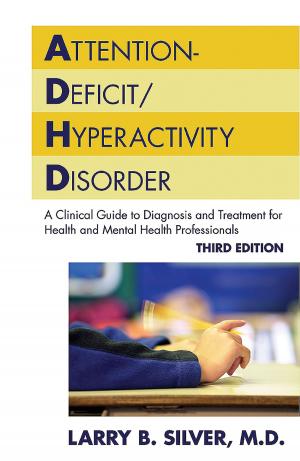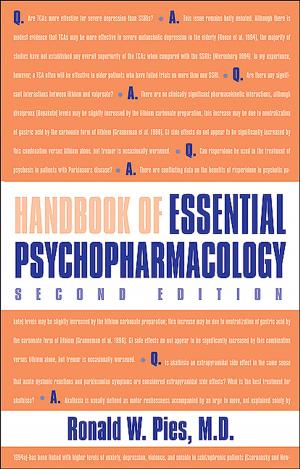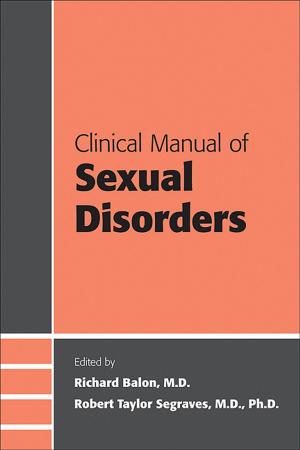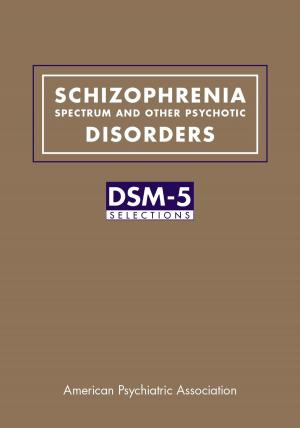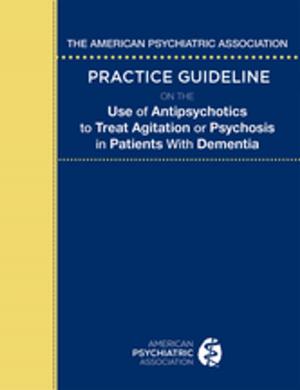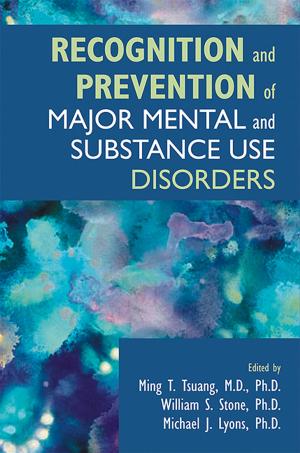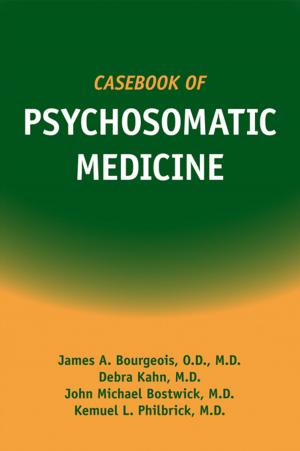Autism Spectrum Disorders
Nonfiction, Health & Well Being, Psychology, Psychiatry, Medical, Specialties| Author: | ISBN: | 9781615371921 | |
| Publisher: | American Psychiatric Publishing | Publication: | April 30, 2018 |
| Imprint: | American Psychiatric Association Publishing | Language: | English |
| Author: | |
| ISBN: | 9781615371921 |
| Publisher: | American Psychiatric Publishing |
| Publication: | April 30, 2018 |
| Imprint: | American Psychiatric Association Publishing |
| Language: | English |
In DSM-5, published in 2013, the classification of autism spectrum disorder (ASD) was created, subsuming several diagnoses and representing a significant evolution from its first appearance in the DSM-III three decades earlier. Autism Spectrum Disorders reflects this evolution, offering clinicians and families a succinct, definitive, and up-to-date guide to current research in the field and its impact on assessment and treatment. The book begins with the epidemiology of ASDs, which have increased in prevalence, and explores genetic heritability and environmental risk factors. It then explains the roles of the psychiatrist, neurologist and pediatrician in assessing the patient, examines assessment tools and processes, and describes the latest advances in a variety of treatments and interventions. The text's focus is on educating and empowering families and health care providers to determine whether appropriate genetic testing and counseling have been undertaken, whether the individual has had the relevant assessment, and whether skilled behavioral treatment and additional medical assessment or treatment are required.
Specifically, the text: Reviews existing prevalence estimates for ASDs since 2000 and discusses methodological factors impacting the estimation of prevalence and the interpretation of changes in prevalence estimates over time. Evaluates genomic and epigenomic research over the last decade in the context of translating findings to practice, in terms of testing (e.g., copy number variants and whole-exome sequencing) and counseling. Examines the role of environmental toxicity in immune dysregulation, which has now been noted among individuals with ASD and their family members by numerous studies. Reviews medical and cognitive assessments that may be needed. Reviews targeted treatments that have the potential to reverse neurobiological abnormalities in ASD Reviews behavioral treatments that are effective in promoting development and improving behavior. Describes the Developmental, Individual Difference, Relationship-based (DIR) model, a comprehensive developmental theory with relevance across the lifespan, which targets the core deficits of ASD identified in DSM-5. Provides an overview of school-based interventions for students with autism, exploring the rationale for conducting school-based research and examining existing teacher-, paraprofessional-, and peer-mediated interventions school-based interventions. Explores other approaches to ASDs, such as complementary and integrative approaches and non-invasive brain stimulation technologies, including transcranial magnetic stimulation.
The push for early screening is resulting in earlier diagnosis of ASDs and the provision of evidence-based interventions that have a positive impact on outcomes. Autism Spectrum Disorders provides a bench-to-bedside guide that is essential reading for health care providers and families facing the challenges inherent in these complex disorders.
In DSM-5, published in 2013, the classification of autism spectrum disorder (ASD) was created, subsuming several diagnoses and representing a significant evolution from its first appearance in the DSM-III three decades earlier. Autism Spectrum Disorders reflects this evolution, offering clinicians and families a succinct, definitive, and up-to-date guide to current research in the field and its impact on assessment and treatment. The book begins with the epidemiology of ASDs, which have increased in prevalence, and explores genetic heritability and environmental risk factors. It then explains the roles of the psychiatrist, neurologist and pediatrician in assessing the patient, examines assessment tools and processes, and describes the latest advances in a variety of treatments and interventions. The text's focus is on educating and empowering families and health care providers to determine whether appropriate genetic testing and counseling have been undertaken, whether the individual has had the relevant assessment, and whether skilled behavioral treatment and additional medical assessment or treatment are required.
Specifically, the text: Reviews existing prevalence estimates for ASDs since 2000 and discusses methodological factors impacting the estimation of prevalence and the interpretation of changes in prevalence estimates over time. Evaluates genomic and epigenomic research over the last decade in the context of translating findings to practice, in terms of testing (e.g., copy number variants and whole-exome sequencing) and counseling. Examines the role of environmental toxicity in immune dysregulation, which has now been noted among individuals with ASD and their family members by numerous studies. Reviews medical and cognitive assessments that may be needed. Reviews targeted treatments that have the potential to reverse neurobiological abnormalities in ASD Reviews behavioral treatments that are effective in promoting development and improving behavior. Describes the Developmental, Individual Difference, Relationship-based (DIR) model, a comprehensive developmental theory with relevance across the lifespan, which targets the core deficits of ASD identified in DSM-5. Provides an overview of school-based interventions for students with autism, exploring the rationale for conducting school-based research and examining existing teacher-, paraprofessional-, and peer-mediated interventions school-based interventions. Explores other approaches to ASDs, such as complementary and integrative approaches and non-invasive brain stimulation technologies, including transcranial magnetic stimulation.
The push for early screening is resulting in earlier diagnosis of ASDs and the provision of evidence-based interventions that have a positive impact on outcomes. Autism Spectrum Disorders provides a bench-to-bedside guide that is essential reading for health care providers and families facing the challenges inherent in these complex disorders.

